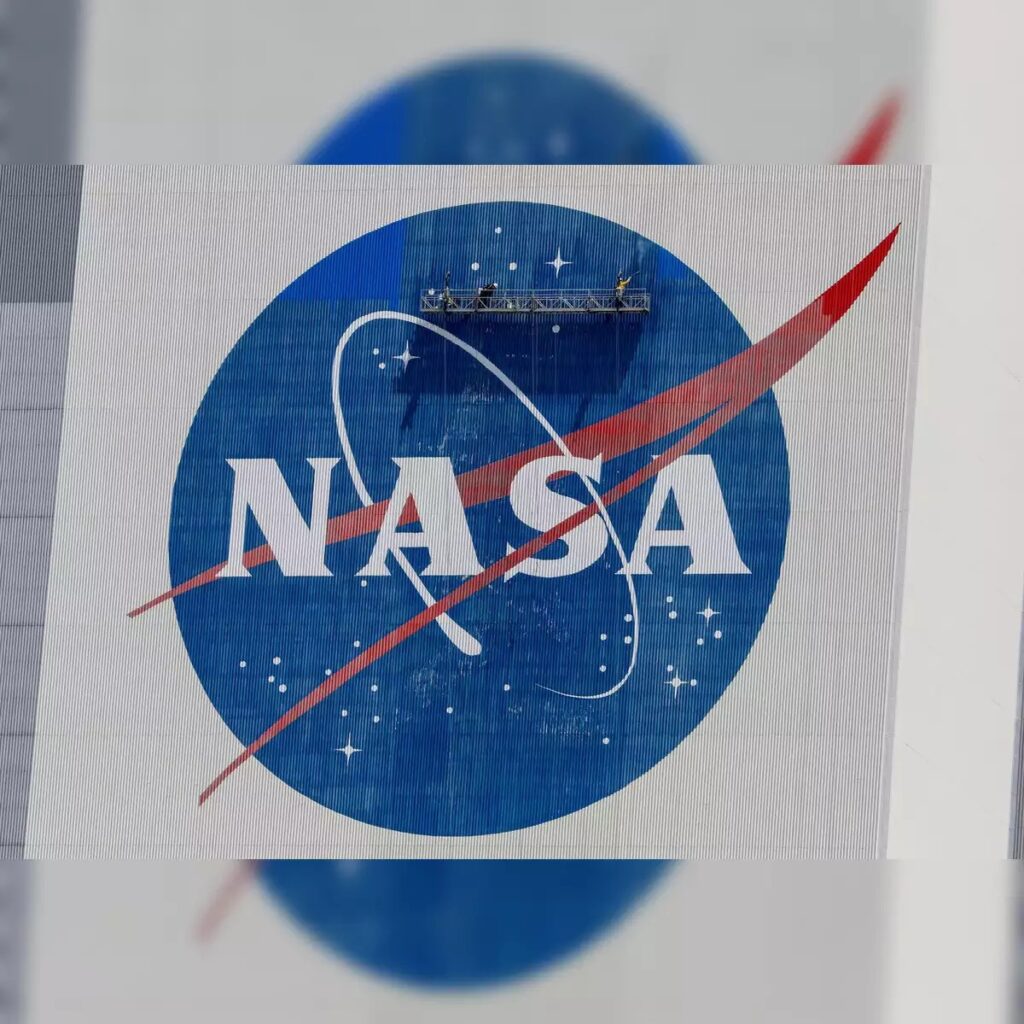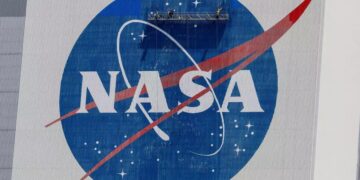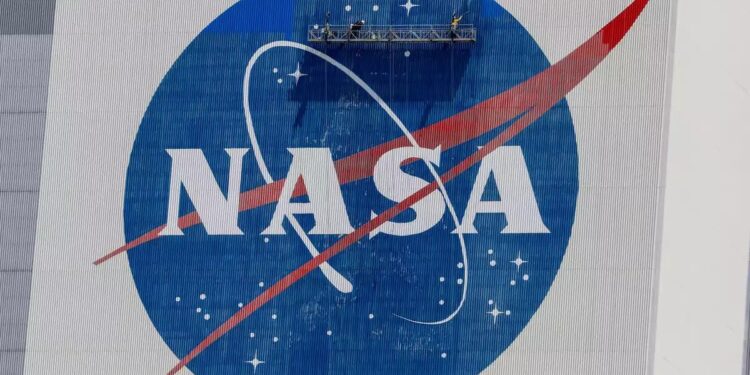NASA, the world’s leading space agency, has announced it will be closing at least three of its departments to align with the executive orders issued by President Trump in January. This decision marks a significant shift in the agency’s operations as it moves to comply with the new directives.
NASA is the latest U.S. agency to face significant cuts under the Trump administration’s effort to eliminate what it deems excess or unnecessary government expenditures. In compliance with executive orders issued by President Trump in January, NASA announced the closure of at least three key departments. These include the Office of the Chief Scientist, which serves as the agency’s top scientific advisory body, the Office of Technology, Policy and Strategy, and certain parts of the Office of Diversity and Equal Opportunity (ODEO), responsible for diversity and inclusion programs. According to reports from The New York Times, around 20 positions, including the Chief Scientist role, are expected to be eliminated. NASA, which employs approximately 18,000 people, has yet to cut funding for its operational space programs, but there are concerns that this could be just the beginning of broader budget reductions that may eventually impact ongoing missions.

NASA’s Science Mission Directorate, which oversees the agency’s research program, may face a budget cut of up to 50%, according to Ars Technica. The Planetary Society, a prominent space exploration advocacy group, warned that such cuts could “significantly harm space science and exploration in the U.S.” and lead to a loss of American leadership in space exploration.
While NASA has avoided the severe cuts seen in other federal agencies, the Trump administration’s push against diversity, equity, and inclusion (DEI) programs has led to some reductions within the ODEO, though the department itself remains intact.
The ODEO page on NASA’s website has been removed, including a link to NASA’s 2022-2026 Strategic Plan for Diversity, Equity, Inclusion, and Accessibility.
One notable impact of these closures is the shuttering of the Office of the Chief Scientist. This office has existed in various forms since 1982 and provides independent scientific advice to NASA’s leadership. It was also the agency’s public-facing branch on science.
The closure marks the end of the current Chief Scientist, Katherine Calvin, a climate scientist who took the position in 2022. This is not the first time the office has been discontinued, as it has faced closure or restructuring multiple times throughout its history.
Another affected department, the Office of Technology, Policy and Strategy, was created in 2021 to bring together multidisciplinary experts to assist NASA’s leadership in making space mission decisions. This office provided insights on economics, public policy, and technology and identified emerging issues to incorporate into NASA’s science missions.

As NASA awaits the confirmation of its new administrator, Jared Isaacman, appointed by President Trump, there is anticipation regarding the future direction of the agency. Isaacman, a billionaire businessman and space tourist, is closely aligned with SpaceX founder Elon Musk, a major proponent of the Trump administration’s federal cost-cutting initiatives. If confirmed, Isaacman, 42, would become NASA’s youngest-ever administrator, surpassing Jim Bridenstine, who took office in 2018.
While Isaacman’s appointment signals a shift in leadership at NASA, the broader implications of the administration’s budget cuts remain unclear. Critics worry that these reductions could undermine the agency’s ability to maintain its leadership in space exploration and science. The cuts also reflect broader federal efforts to streamline government spending, a trend that may continue to shape the future of NASA and other agencies.
read also : U.S Criticizes India’s High Tariffs: 150% Duty on American Alcohol Sparks Trade Tensions















 Categories
Categories










